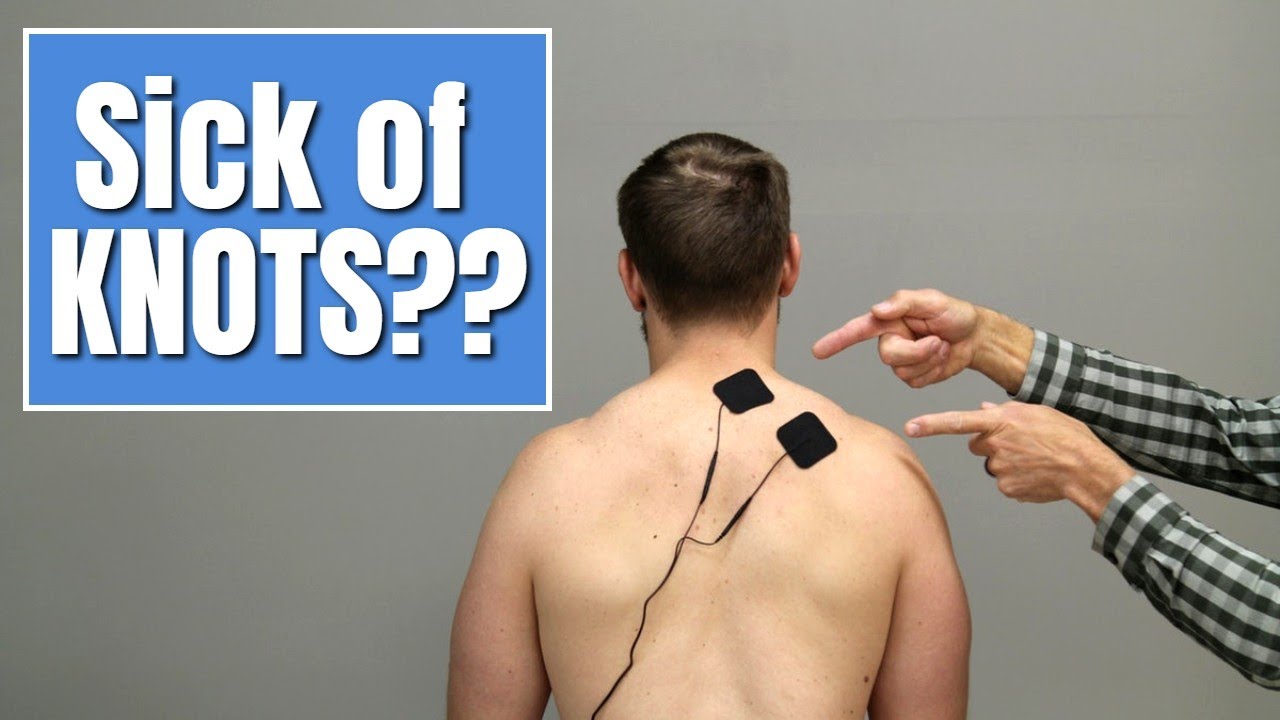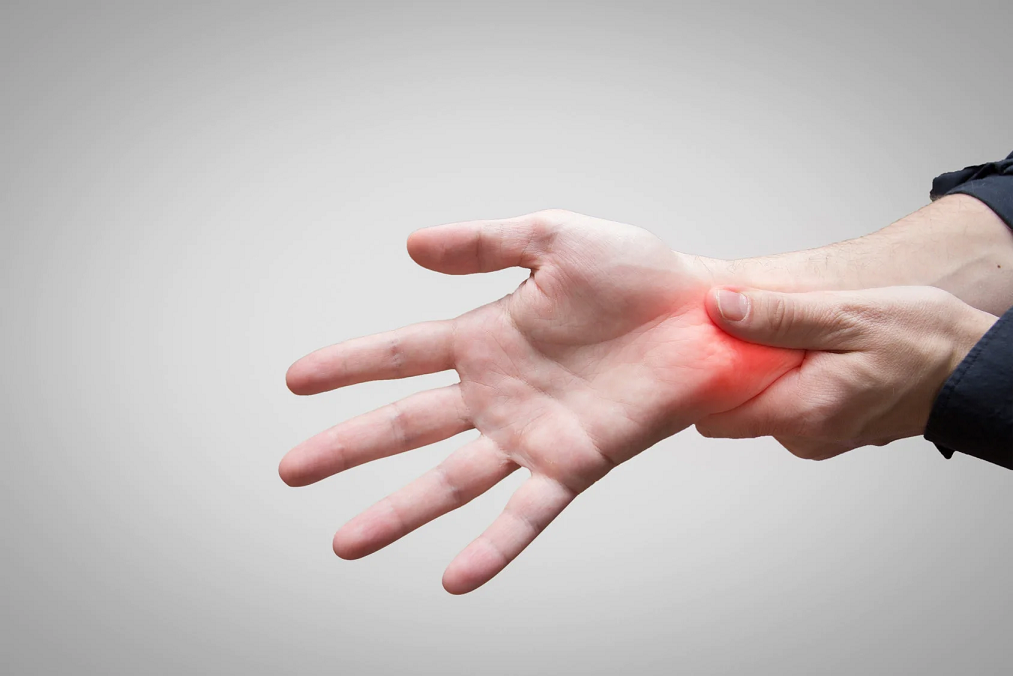

It may seem odd, but sciatica and groin pain are actually related. You can have a pinched nerve in your groin that is causing a lot...


Muscle spasms can be a common symptom of sciatica. You may have questions about their feelings, how to stop them, and how long they last. This...


It might be sciatica if you have pain in your hamstring that feels like a pulled hamstring. But how can you tell if it is hamstring...


If you have been experiencing foot swelling and back pain, you might wonder if it is caused by sciatica. A doctor can perform a physical exam...


Sciatica is a common condition that can cause pain, discomfort, and difficulty moving. It is caused by irritation or compression of the sciatic nerve, which is...


If you suffer from sciatica, you know firsthand how painful and debilitating it can be. But did you know that self-massage is a great way to...


Sciatica is a condition that affects millions of people worldwide. It is caused by irritation or pressure on the sciatic nerve, which runs down the back,...

Chronic pain is a debilitating condition that affects an estimated 100 million Americans. It can be incredibly frustrating and debilitating, not to mention costly. That’s why...


Carpal tunnel syndrome is a common condition affecting millions of people annually. It is caused by the wrist’s compression of the median nerve and can cause...


Sciatica pain can be debilitating and make it difficult to get through the day. Fortunately, there are several stretches that can help relieve sciatica pain before...